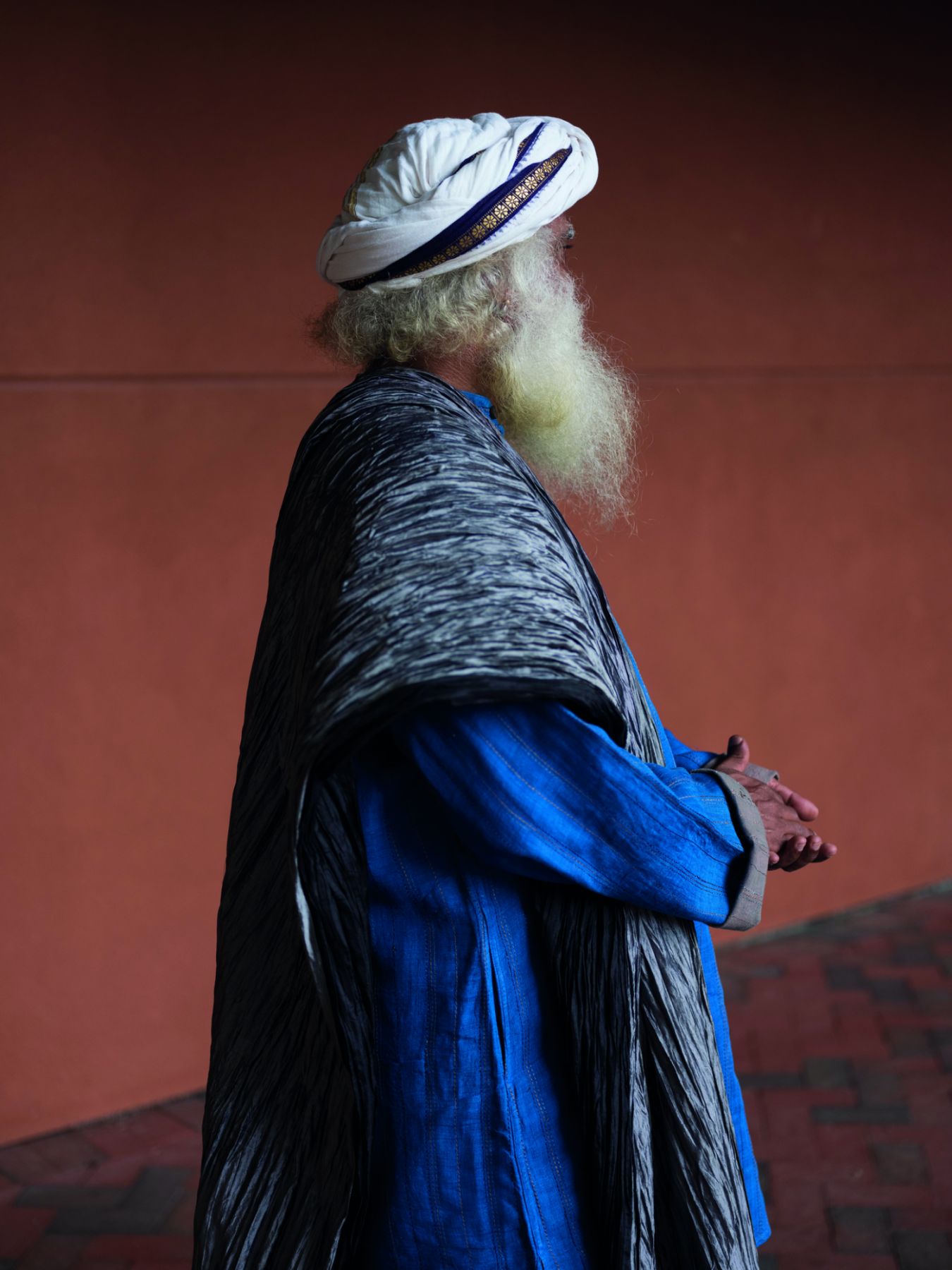Take everything you think you know about karma, and throw it away. World-famous yogi Sadhguru tells us where the world went wrong and how we can fix it, starting with ourselves
In 2020, during the pandemic, 63-year-old modern mystic Sadhguru rode his motorcycle across America, covering over 20 states and over 10,000 miles to explore the country’s deep and complicated spiritual legacy.
Travelling over sacred lands, including the Navajo and Hopi lands in Arizona, Utah, and New Mexico, he spent time with Native American leaders, elders and medicine men to learn about their spiritual practices and connection with the land.
Sadhguru had developed a particular interest in Indigenous cultures nearly twenty years ago, when he travelled through the US on a mission to find a new home for his non-profit spiritual organisation, Isha Foundation, which he founded in 1992 in Coimbatore, India. Along the way, he visited Center Hill Lake, Tennessee, where he says he encountered a “frozen Native American spirit”.
“I had never seen that kind of pain in anybody,” he recalls. “I started inquiring about the Native American people and what happened to them. Then I learnt that region is known as the Trail of Tears, where terrible events took place and thousands of Native American people were killed between 1830 and 1850.”

Moved by the site, in 2006 he opened the Isha Institute of Inner Sciences on a mountaintop in the Cumberland Plateau of Tennessee, at the head of the Trail of Tears. Sadhguru says he was “drawn by the pain, not the beauty” of the place.
Since then, the Tennessee location has become a place of pilgrimage, attracting more than 50,000 visitors a year to take part in its programmes, which range from yoga and meditation retreats to guided nature walks, to a programme in which guests spend 21 days forming mindful habits in their daily lives through disciplined guided rituals. The foundation now operates in more than 300 cities and countries around the world, including Hong Kong, Singapore, Australia and the UK. And outside of those, he has inspired millions with his writings, including his latest book, Karma, which appeared on The New York Times bestseller list after its release earlier this year.
Sadhguru’s popularity has notably grown exponentially over the years in mainland China, where yogis are becoming increasingly interested in the traditional yogic philosophy taught by his foundation. “For China, the time for yoga has come,” Sadhguru, whose real name is Jagadish “Jaggi” Vasudev, wrote in an article on the Isha website in 2019. “Not the twisting, turning yoga that is becoming popular there, but the real Yoga!”
By that, Sadhguru means not only a fitness regime but a broader philosophy—something he examines in Karma. Noting that the word had “become part of the English lexicon” but “deeply misunderstood”, Sadhguru decided to set the record straight with his aptly titled book.
“Karma is not a negative or a positive thing. It is within us, like an unconscious software that we have written for ourselves based on our memories and life experiences,” Sadhguru explains. “This book is a step-by-step process for people to see how they are the makers of their own life and their destiny. Karma is the most dynamic way to live. To say ‘My life is my karma’ simply means ‘My life is my making’. Essentially karma means moving the controls of your life from heaven to within.”
See also: Is Too Much Mindfulness Bad for You?



